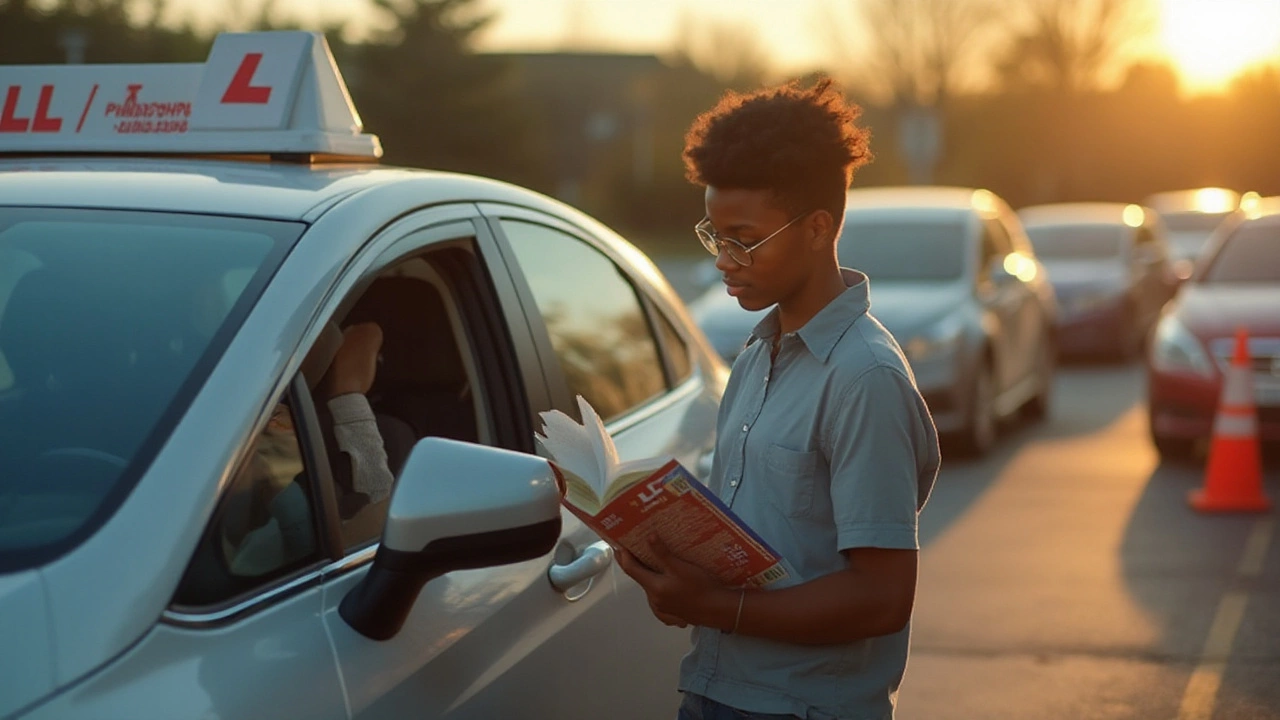Maryland License: Get, Renew, and Keep Your Driver’s License
If you live in Maryland or are moving here, the first thing you’ll need is a valid driver’s license. The process is straightforward, but it helps to know what to expect. Below you’ll find a step‑by‑step rundown of everything from the initial application to renewing an old card.
Getting Your First Maryland License
First‑time applicants must be at least 15 ½ years old and have a learner’s permit for at least nine months. You’ll need proof of identity (like a birth certificate or passport), a Social Security number, and two proofs of Maryland residency such as a utility bill or lease agreement. Bring these documents to any Maryland Motor Vehicle Administration (MVA) office.
The written knowledge test covers road signs, traffic laws, and safe driving practices. You can study the Maryland Driver’s Manual online or pick up a copy at the MVA. The test is multiple‑choice, and you get three tries before a waiting period kicks in.
Once you pass the written test, you’ll schedule a road skills test. Most MVA locations require an appointment, and you’ll need a vehicle that meets safety standards. The examiner will watch you perform basic maneuvers, lane changes, and parking. Pass the road test, and you’ll receive a provisional license that carries certain restrictions for the first year.
Fees for a new license range from $50 to $65, depending on age and whether you need a photo ID card. You can pay with cash, credit, or debit at the MVA. After payment, the MVA prints a temporary paper license while your official card is mailed within 10 days.
Renewing or Replacing a Maryland License
Maryland licenses are valid for eight years. You’ll receive a renewal notice about a month before expiry. Renewal can be done online, by mail, or in person. Online renewal is the fastest – just log in to the MVA portal, verify your identity, and pay the renewal fee (usually $50). Your new card arrives by mail.
If your license is lost, stolen, or damaged, you can request a replacement. The process mirrors a renewal: fill out a form, provide a copy of your ID, and pay a small replacement fee (around $15). The MVA can also issue a temporary paper license if you need to drive right away.
Changing personal details, such as a new name after marriage, follows the same steps as a replacement. Bring legal documents that prove the change, like a marriage certificate, and the MVA will update your record.
For drivers with a commercial Class 1 HGV license, Maryland offers separate endorsements. The requirements include a specialized medical exam, additional written tests, and a road test in a heavy‑vehicle. Check the MVA website for the exact paperwork and fees.
Quick tips: schedule appointments early, double‑check you have all required documents, and practice the written test questions online. A little preparation saves you time and avoids extra trips to the MVA.
With the right paperwork and a bit of study, getting or renewing your Maryland license is a hassle‑free task. Follow this guide, stay organized, and you’ll be back on the road in no time.
- November 6 2024
- 0 Comments
- Rowan Cavendish
Navigating the Process: From Provisional to Full License in Maryland
Transitioning from a provisional to a full license in Maryland is a journey requiring an understanding of specific rules, requirements, and the timeline involved. It is a significant step towards gaining full driving privileges, accessible to those who've successfully held a provisional license. The process demands attention to safe driving habits and tracking of driving experience. The article will cover the essential criteria, tips for successful progress, and insights into Maryland's driving regulations. The goal is to equip drivers with the knowledge needed to smoothly advance to a full license.
- Driving Lessons (41)
- HGV Training (31)
- Driving Test Tips (31)
- Driving Test Booking (26)
- Driving Licence Renewal (23)
- Driving Theory Test (21)
- Pass Plus Course (15)
- Driving Tips (15)
- Intensive Driving Course (15)
- Driver Licensing (14)
Categories
- December 2025 (12)
- November 2025 (13)
- October 2025 (21)
- September 2025 (5)
- August 2025 (8)
- July 2025 (30)
- June 2025 (30)
- May 2025 (30)
- April 2025 (31)
- March 2025 (30)
- February 2025 (28)
- January 2025 (34)
Archives
- driving lessons
- driving test
- driving tips
- intensive driving course
- driving test tips
- HGV training
- learn to drive
- driving theory test
- driver training
- driving test booking
- pass driving test
- HGV driving
- road safety
- driving license renewal
- Virginia driving test
- learner drivers
- safe driving
- Virginia driver's license
- driving license
- learning to drive

